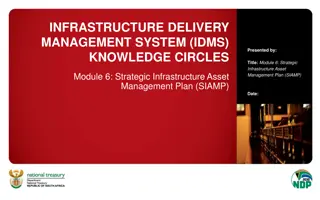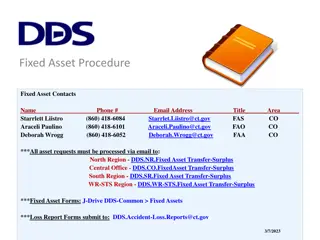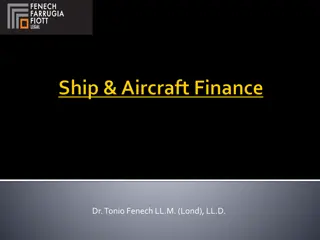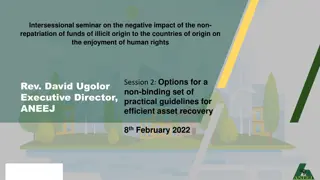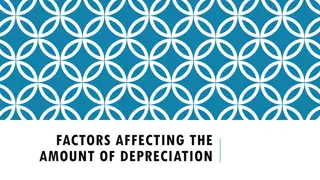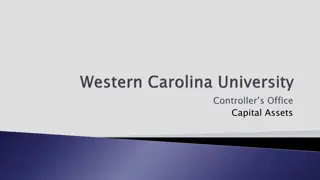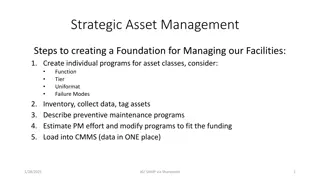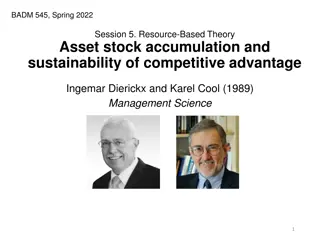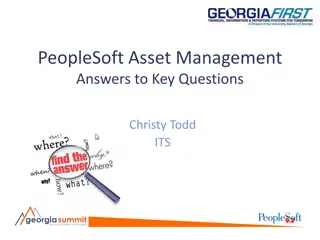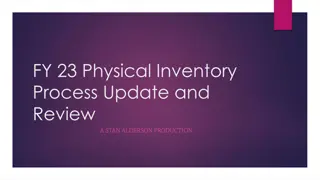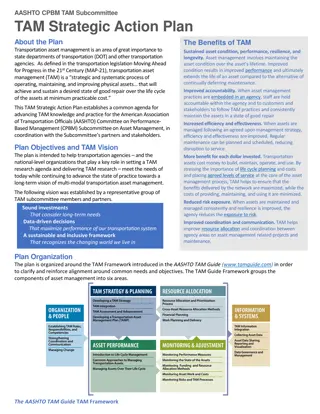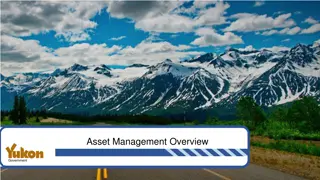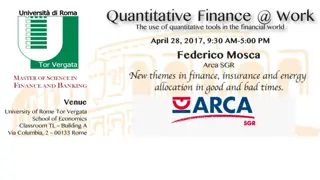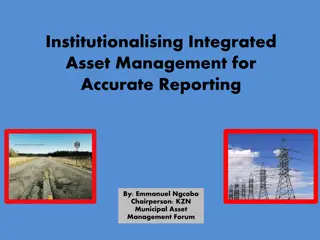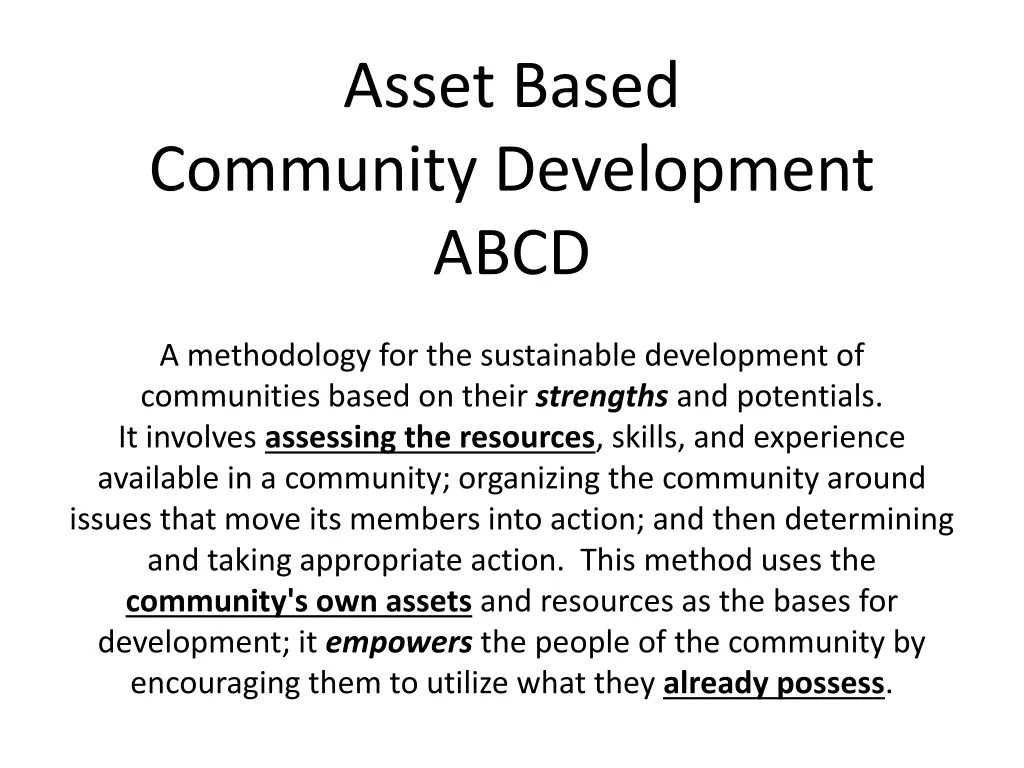
Sustainable Community Development with ABCD Methodology
"Asset-Based Community Development (ABCD) focuses on utilizing a community's strengths and assets for sustainable development. It involves assessing resources, organizing around key issues, and empowering individuals and institutions to take action. Key assets include individuals, associations, institutions, physical assets, and community connections, all essential for fostering community empowerment and growth."
Download Presentation

Please find below an Image/Link to download the presentation.
The content on the website is provided AS IS for your information and personal use only. It may not be sold, licensed, or shared on other websites without obtaining consent from the author. If you encounter any issues during the download, it is possible that the publisher has removed the file from their server.
You are allowed to download the files provided on this website for personal or commercial use, subject to the condition that they are used lawfully. All files are the property of their respective owners.
The content on the website is provided AS IS for your information and personal use only. It may not be sold, licensed, or shared on other websites without obtaining consent from the author.
E N D
Presentation Transcript
Asset Based Community Development ABCD A methodology for the sustainable development of communities based on their strengths and potentials. It involves assessing the resources, skills, and experience available in a community; organizing the community around issues that move its members into action; and then determining and taking appropriate action. This method uses the community's own assets and resources as the bases for development; it empowers the people of the community by encouraging them to utilize what they already possess.
5 Key Assets in ABCD Individuals Associations Institutions Physical Assets Community Connections
Involving Individual Capacities Youth Seniors People with Disabilities People Living in Poverty Artists At the center of ABCD are residents of the community that have gifts and skills. Everyone has assets and gifts. Individual gifts and assets need to be recognized and identified.
Leveraging Local Associations Religious Institutions Cultural Organizations Community Committees Small informal groups of people, such as clubs, working with a common interest as volunteers are called associations in ABCD and are critical to community mobilization. They come together around a common interest by their individual choice.
Incorporating Local Institutions Libraries Schools Community Colleges Police Hospitals Paid groups of people who generally are professionals who are structurally organized are called institutions. They include government agencies and private business, as well as schools, etc. They can all be valuable resources. The assets of these institutions help the community capture valuable resources and establish a sense of civic responsibility.
Highlighting Physical Assets Parks Architecture Waterways Historic landmarks Physical assets such as land, buildings, space, and are other assets can be used to build community pride, attract investors, and create spaces for the community to gather.
Creating Community Connections Capacities of Individuals Associations of Citizens Neighborhood Leaders Elected Officials There must be an exchange between people sharing their assets by bartering, etc. These connections are made by people who are connectors. It takes time to find out about individuals; this is normally done through building relationships with individuals by individuals.
7 Not Important Important Raise Family Schools Safe Scenic Beauty Traffic 6 Affordable Sense of Community Adventure Sports Trails Env Concern Diversity Four Seasons Walkable Friends/Family My Age 5 Beaches Jobs Service Bus Taxes Gathering Places Lifestyles Art Historic 4 Public Transit Music Own Business 3 Malls Nightlife Professional Sports Warm Weather 2 Gambling 1 0 0 1 2 3 4 5 6 7 8 Negative Perception Positive Perception Source: Gogebic Range Survey, 2008 (among young professionals)
Power/Knowledge/Action Power Action Knowledge
ABCD Resources Alinsky (1989). Rules for Radicals Flora and Flora (2008). Rural Communities: Legacy and Change Green and Haines (2008). Asset Building and Community Development Kotter (1996). Leading Change Kretzman and McNight (1993). Building Communities from the Inside Out: A Path Toward Finding and Mobilizing a Community's Assets Krile (2008). The Community Leadership Handbook: Framing Ideas, Building Relationship, and Mobilizing Resources Marshak (2006). Covert Processes at Work: Managing the Five Hidden Dimensions of Organizational Change McKnight (2010). The Abundant Community: Awakening the Power of Families and Neighborhoods Rappaport (1977). Community Psychology: Values, Research, and Action Stoecker (2005). Research Methods for Community Change: A Project Based Approach

